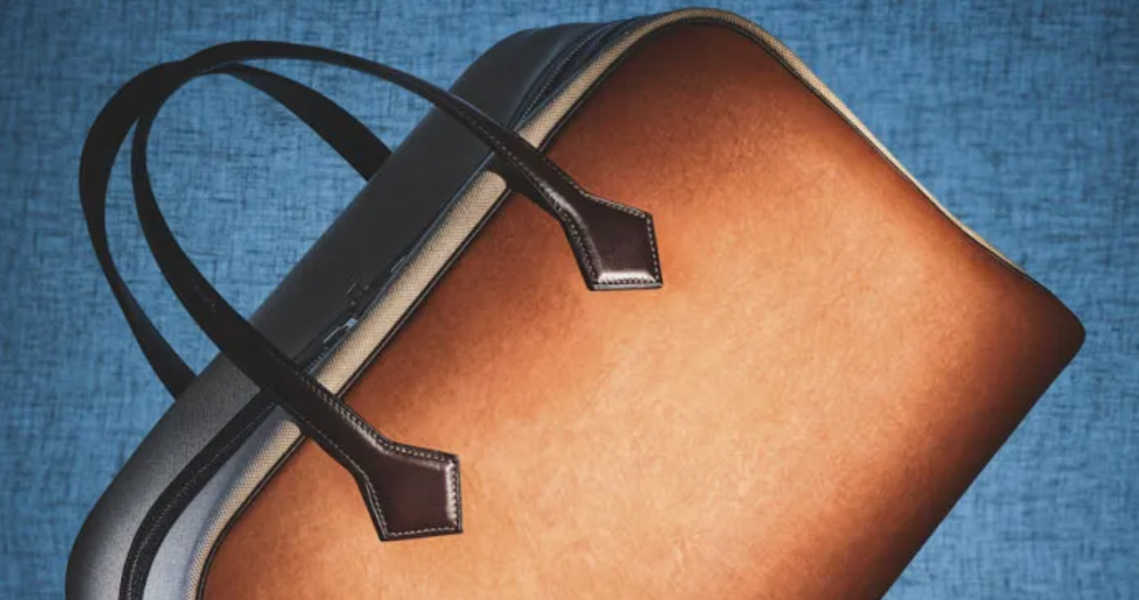Who says there’s no interest in mushroom leather? MycoWorks, a material science company that develops mushroom-based alternatives to leather, announced on August 8 that it will open the world’s first commercial-scale manufacturing facility focusing specifically on Fine Mycelium, the core, proprietary ingredient in MycoWorks’ leather alternative material, Reishi.
The new, 136,000-square-foot facility will open in September in South Carolina. It will employ 350 employees who will grow mycelium, process the threads and turn them into Reishi, all in one location. Until now, Reishi has been produced in smaller quantities in California.
Former Hermès CEO Patrick Thomas, who serves on the board of MycoWorks, said that mushroom-based leather as an idea has existed for years. The opening of this plant, however, will help the material achieve a scale that was impossible before.
“This is the moment the luxury industry has been waiting for: a plastic-free leather alternative that offers undeniable beauty and performance at scale,” ” Thomas said in an email. “Now that the challenge of supply has been solved, brands will move quickly to commercialize items made with Reishi.”
MycoWorks supplies mushroom leather to Hermès, and it’s picked up fashion brand clients including Heron Preston and Nick Fouqet in the last year.
The announcement comes just after it was starting to seem like excitement around mushroom leather was dying down. Despite the fact that mushroom leather costs around $25 per square foot, comparable to animal leather, adoption has been slow since animal leather and its suppliers are more plentiful. In July, material science company Bolt Threads halted production of its mushroom-based Mylo material citing an inability to raise funds for its developments. This was despite investment in the material from big luxury brands like Stella McCartney.
But MycoWorks has successfully secured funding. Last year, it raised $125 million in a Series C round from investors like Prime Movers Lab, bringing its total funding to date up to $187 million. Additionally, another mushroom leather competition, Ecovocative, raised $30 million from investors in June.
Ad position: web_incontent_pos1
Sharon Peréz Arevalo, senior business development manager at Lenzing Group, which produces alternative fibers based on wood and other natural materials, has her own explanation for the industry’s slow adoption of more sustainable materials: Existing materials like animal leather and synthetic fibers like polyester have an ingrained place in the global supply chain. At a time when brands’ budgets are tight, integrating a new material into an existing supply chain is an added cost that many brands don’t want to shoulder.
“There’s high demand for more sustainable materials right now,” she said. “But one of the challenges is that the manufacturing process in fashion can be quite antiquated and inefficient. Fibers are made in one place, spun into yarn somewhere else, then woven somewhere else and manufactured in another location. The supply chain is spread out, and that makes it harder for new materials to slot into an inefficient system.”
For his part, MycoWorks CEO Matt Scullin said, “There have been two barriers to the decades-long search for a luxury leather alternative: product quality and scalable manufacturing. In 2016, we eliminated the first by introducing Reishi to the world. And in September, we are answering the question of scale with this state-of-the-art facility.”




